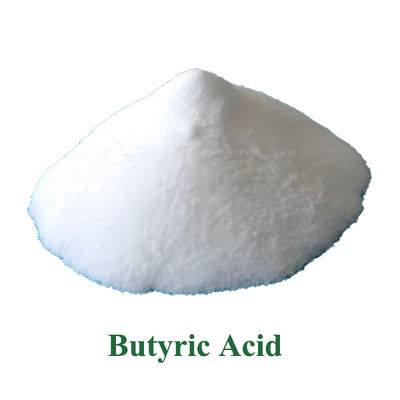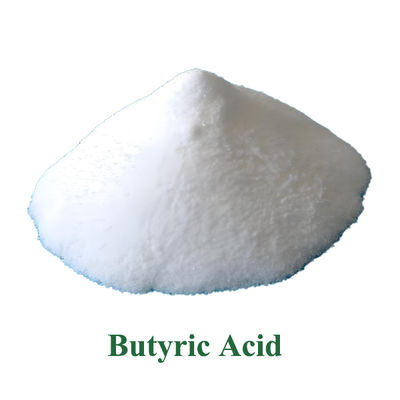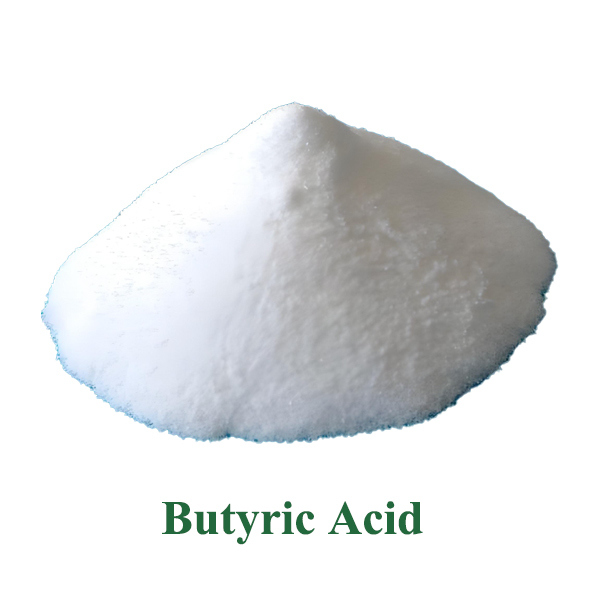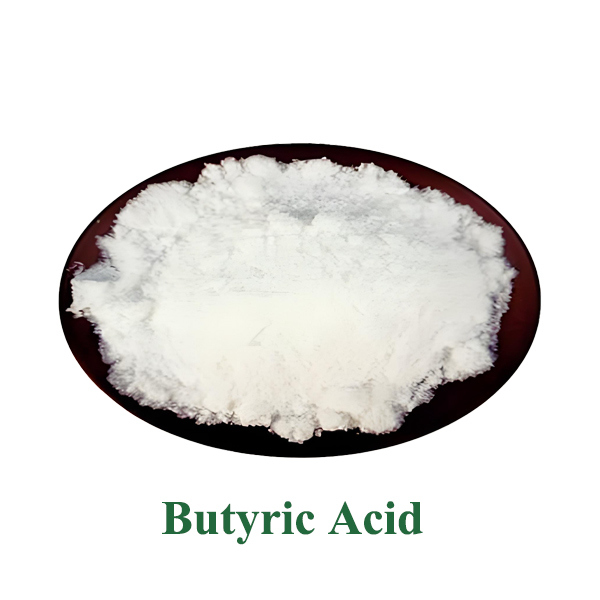
Factory direct sales of butyric acid 107-92-6, industrial grade, 99% food flavoring
-
Highlight
butyric acid industrial grade
,butyric acid food flavoring
,butyric acid 99% purity
-
Product NameEthyl Vanilla
-
CAS107-92-6
-
Purity99.9%
-
AppearanceLiquid
-
Shelf Life2 Years
-
MOQ5KG
-
PackingFoil Bag,Bottled,Drum,Carton,Container
-
QualityNatural Raw Materials, Safe And Harmless, No Addition
-
Boiling Point-6--3 °C (lit.)
-
Density0.964 G/mL At 25 °C (lit.)
-
EINECS203-532-3
-
Place of OriginShaanxi, China
-
Brand NameBaisfu
-
CertificationButyric Acid
-
Model Number107-92-6
-
Minimum Order Quantity5kg
-
Price25.59USD
-
Packaging DetailsFoil bag,Bottled,Drum,Carton,Container
-
Delivery Time10-15 work days
-
Payment TermsT/T,Western Union,D/P,L/C
-
Supply Ability20,000 kilograms a month
Factory direct sales of butyric acid 107-92-6, industrial grade, 99% food flavoring
Butyric acid is a naturally occurring short-chain fatty acid (chemical formula C₄H₈O₂) found in butter, cheese, fermented foods, and animal gut microbiota metabolites. It can also be synthesized artificially. It possesses both acidic characteristics and a unique fermented flavor, along with important physiological activities, making it widely used in food, feed, and industrial fields. It is a multifunctional compound that combines functionality and practicality.
Chemical Composition: A single chemical substance; commercial products typically have a purity ≥98% (food grade/pharmaceutical grade). Its chemical name is butyric acid (n-butyric acid), with a simple and well-defined structure and no complex mixture of components.
Physical Properties: At room temperature, it is a colorless, transparent liquid with a strong, easily identifiable rancid butter or fermented cheese odor. Its melting point is approximately -7.9℃, and its boiling point is approximately 163.5℃. It is readily soluble in solvents such as water, ethanol, and is well-compatible with oils, food ingredients, and chemical reagents.
Chemical Properties: It exhibits typical carboxylic acid chemistry properties, reacting with alkalis to form butyrates (such as sodium butyrate and calcium butyrate) and with alcohols to form butyrate esters. It has good stability and is not easily decomposed under normal processing temperatures and storage conditions; it is even more stable in acidic environments.
| Product Name | Butyric Acid |
| CAS | 107-92-6 |
| EINECS | 203-532-3 |
| Type | Food Flavors |
| Brand Name | BAISIFU |
| Appearance | Power |
| Shelf Life | 2 years |
| MOQ | 5KG |
| Origan | Shaanxi,China |
| Purity | 99% |
| Packing | Foil bag,Bottled,Drum,Carton,Container |
| Storage | Sealed in dry,Room Temperature |
| density | 0.964 g/mL at 25 °C (lit.) |
-
Food and Beverage Sector
Food Flavoring: Used in small quantities in cheese, butter, fermented milk, meat products (such as sausages and ham), and condiments (such as soy sauce and vinegar) to enhance the fermented flavor and milky aroma, improving the sensory experience.
Food Additives: Used as an acidity regulator to adjust the pH value of food and extend its shelf life; also used to prepare food-grade butyrate, which is added to functional foods (such as gut health foods and probiotic preparations) to exert gut-regulating effects.
Beverage Formulation: Used in small quantities in fermented beverages and functional drinks to help regulate flavor and impart gut health-related functional attributes.
-
Feed Sector
Feed Additives: Primarily added to livestock and aquatic feed in butyrate form (with greater stability and better palatability) to promote gut health, improve feed conversion rate, enhance immunity, and improve growth performance and product quality (such as meat and egg quality).
Pet Food: Used in pet gut health foods or supplements to help improve intestinal function and alleviate diarrhea, constipation, and other intestinal discomfort.
-
Industry and Other Fields
Chemical Raw Materials: Used in the synthesis of butyrate compounds (such as ethyl butyrate and butyl butyrate), serving as raw materials for industrial products such as fragrances, solvents, and plasticizers; also used in the preparation of chemical products such as coatings, adhesives, and detergents.
Other Uses: Used in microbial fermentation media (as a carbon source for microbial growth), and as experimental reagents (for organic synthesis and biochemical research), etc.
-
Significant physiological activity and outstanding functionality:
Gut health regulation: As an important energy source for probiotics, it promotes the proliferation of beneficial bacteria, repairs the intestinal mucosal barrier, and improves the balance of the intestinal microecology, playing a vital role in gut health.
-
Unique flavor characteristics, suitable for specific scenarios: The natural fermentation flavor can simulate the characteristic aroma of fermented foods. As a food flavoring agent, it can enhance the natural fermentation sensation of products, offering greater authenticity compared to synthetic flavoring agents.
-
Mature preparation technology and stable supply: Both natural extraction (isolation from fermented foods) and artificial synthesis (prepared through processes such as n-butanol oxidation and propylene carbonyl synthesis) technologies are mature. Raw materials are readily available and produced in large quantities. Furthermore, it can be converted into more stable butyrate products through salt formation reactions, adapting to the needs of different application scenarios.
- High safety and strong compliance: It complies with the food additive and feed additive standards of most countries and regions worldwide, including GB 2760 and the FDA. When used within the prescribed dosage, it is non-toxic and non-irritating to humans and animals, exhibiting good biocompatibility.





Overall Rating
Rating Snapshot
The following is the distribution of all ratingsAll Reviews